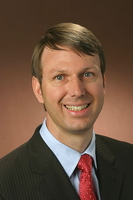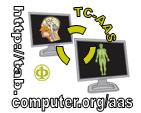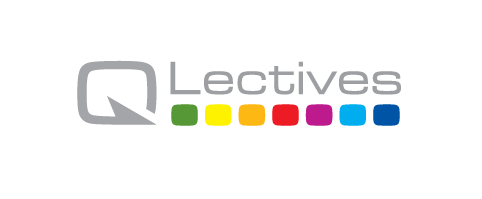Invited Talks
Cooperation, Norms, and Conflict in Peer-to-Peer and Social SystemsSeptember 29th, Wednesday 
Invited speaker: Dirk Helbing (ETH Zurich, Zurich, Switzerland) Abstract: Peer-to-peer systems are distributed systems, the functioning and performance of which implictly requires coordination and cooperation between peers. The problem has a lot in common with the creation of public goods in social and economic systems. Therefore, we will study, what are mechanisms, which support spontaneous cooperation and the development of commonly shared behaviors ("norms"). In this connection, it is important to study the role of social mechanisms such as repeated interactions, group selection, community formation, costly punishment and group pressure, and how they allow to transform social dilemmas into interactive situations that promote collaboration and performance. It is also discussed, under what conditions social cooperation or system performance can suddenly break down. Moreover, when people stop agreeing on common norms, this is likely to produce conflict. These issues will be systematically studied within the framework of evolutionary game theoretical models. It is surprising that many aspects of complex collaboration systems, such as the outbreak and breakdown of cooperation, the formation of norms or communities, and the occurence of conflicts can be described by a unified theoretical framework. Short bio: Since June 1st, 2007, Dirk Helbing (born on January 19, 1965) is Professor of Sociology, in particular of Modeling and Simulation at ETH Zurich. Before, he worked as Managing Director of the Institute for Transport & Economics at Dresden University of Technology, where he was appointed full professor in 2000. Having studied Physics and Mathematics in Göttingen, his master thesis dealt with the nonlinear modelling and multi-agent simulation of observed self-organization phenomena in pedestrian crowds. Presentation: (pdf) 13M |
Computing in a Dangerous WorldOctober 1st, Friday 
Invited speaker: Howard Shrobe (MIT Computer Science and Artificial Intelligence Laboratory, Cambridge, USA; DARPA TCTO, Arlington, USA) Abstract: We all know that cyber-security has become a major concern across the world. The number of attacks, the sophistication of the attackers and the monetary damage have all been increasing at exponential rates for several years. Our current approach can best be characterized as P4: Perimeter Protection, Patch and Pray. But this is clearly not working, at a recent "hackers vs software" contest all of the most popular software systems were penetrated within the first day. This isn't surprising, we see the same results at all such contests. But it is shocking that all of the major vendors have invested significantly in defenses against just such attacks, apparently to little effect. What is truly frightening is that this very software, or very similar software, that runs the critical infrastructures of all major countries. Any of those infrastructures could be compromised at any time by attackers with appropriate motivation and skill. Short bio: Howard Shrobe received his BS from Yale College in 1968 in Mathematics and his MS and PhD in Computer Science from MIT in 1975 and 1978 respectively. While a student, he started the Programmer's Apprentice project with Charles Rich and Richard Waters. He was also involved in the design of the Scheme '81 microprocessor at MIT. He joined Symbolics Inc in 1982 where he help to design the Ivory microprocessor. In 1994, Dr. Shrobe joined the Software and Intelligent Systems Technology Office at DARPA and later become Chief Scientist of the Information Technology Office. In that role, he launched DARPA's Information Survivability program. Upon returning to MIT in 1997, Dr. Shrobe became Associate Director of the Artificial Intelligence Laboratory and leader of the Intelligent Room research group. In February of 2010, Dr. Shrobe joined the Transformational Convergence Technology Office (TCTO) of DARPA where he is focusing on starting new research effort on resilient systems for cyber security. The first of these CRASH (Clean-slate design of Resilient Adaptive Secure Hosts) had just begun. Presentation: (pdf) 3M |








